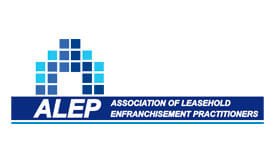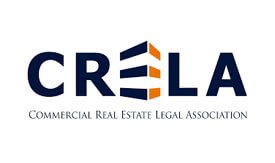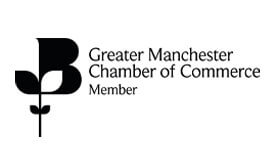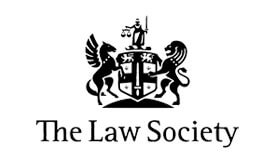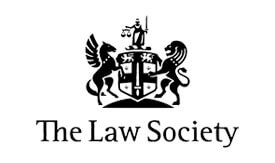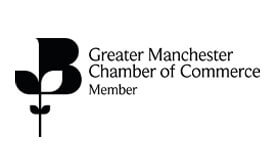Collective enfranchisement is the process in which the leaseholders of a block of flats come together to buy the freehold. After the enfranchisement process, each leaseholder will effectively become the freeholder of a portion of the property. For some the process may not be worth it, or they may be excluded because of procedural technicalities. This guide looks at whether you will qualify for collective enfranchisement and a basic overview to the collective enfranchisement procedures.
Qualifying for collective enfranchisement
To be successful in the collective enfranchisement process, your building will need to comply with the qualifying criteria:
- Two-thirds of the flats need to be owned by qualifying tenants – these are leaseholders with more than 21 years remaining.
- The building needs to contain two or more flats.
- It is a self-contained building.
- Neither the freeholder, nor a close relative of the freeholder live in the property.
If you can get more than 50% of the qualifying tenants together to purchase the freehold then the freeholder cannot object.
Overview of the enfranchisement procedure
Step 1 – Check that you qualify (see above).
Step 2 – All leaseholders participating in the process to come together and form a company. All of the leaseholders are members of the company. The company will then choose a nominated purchaser to be named in the Initial Notice.
Step 3 – Appoint and solicitor and a surveyor to determine the price.
Step 4 – The Initial Notice need needs to be served on the freeholder informing them of their intent to enfranchise. The notice includes names and details of the leaseholders seeking the freeholder and the price they are willing to pay. The notice also sets out a response date which is essentially a deadline for the freeholder to respond to the notice. This must be more than 2 months after the notice is sent.
Step 5 – The landlord can then serve their counter notice within the time frame allowed in the initial notice. This counter notice can suggest a new price. If your landlord hasn’t responded then skip to step 6.
Step 6 – If the landlord does not reply within the response time in the initial notice, or does not respond at all, the leaseholders are entitled to enforce the terms of the original notice. Of your landlord has replied you can skip this step.

